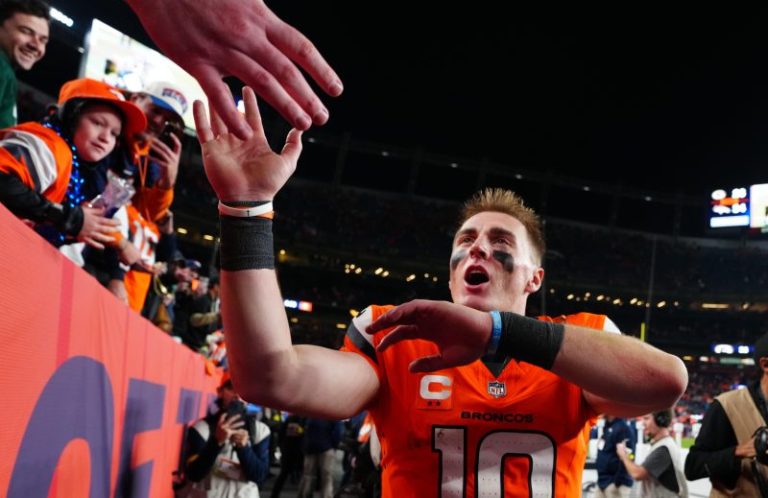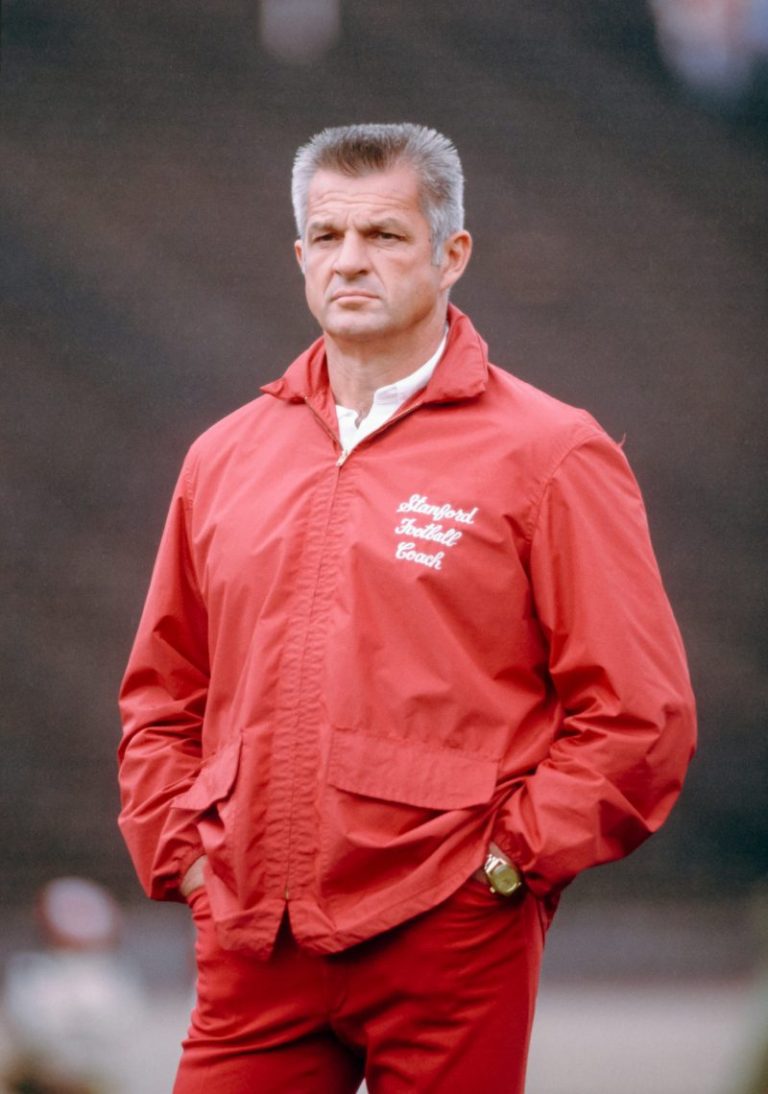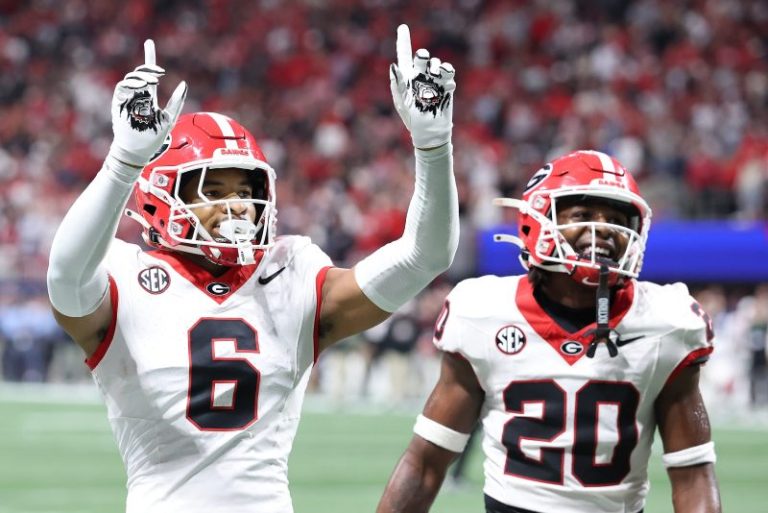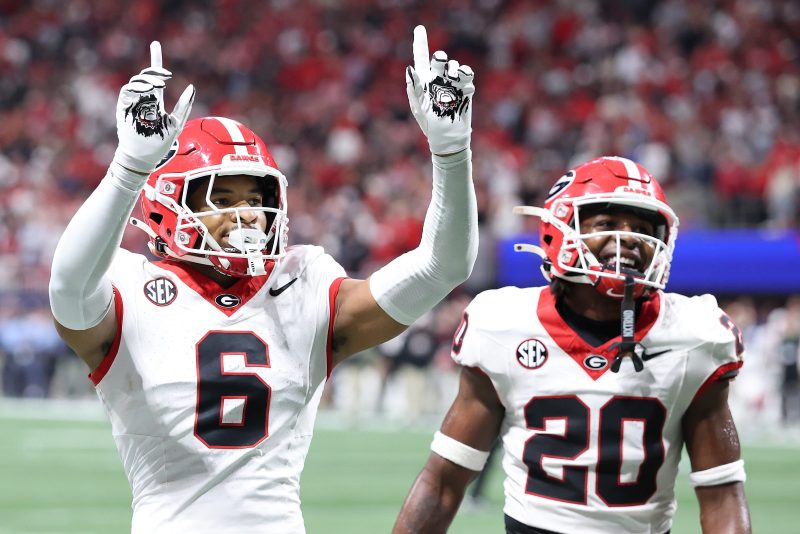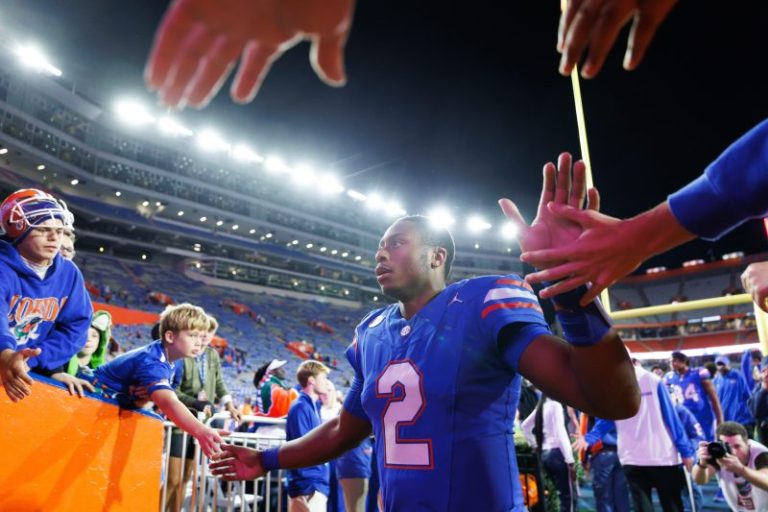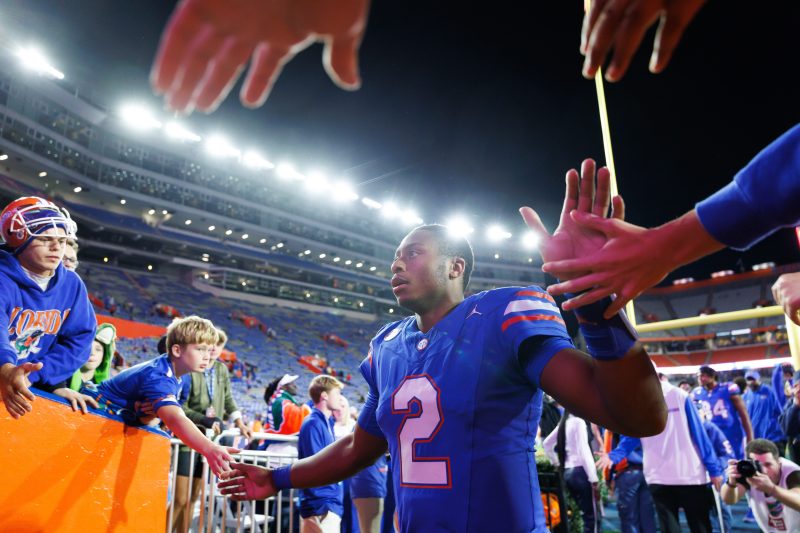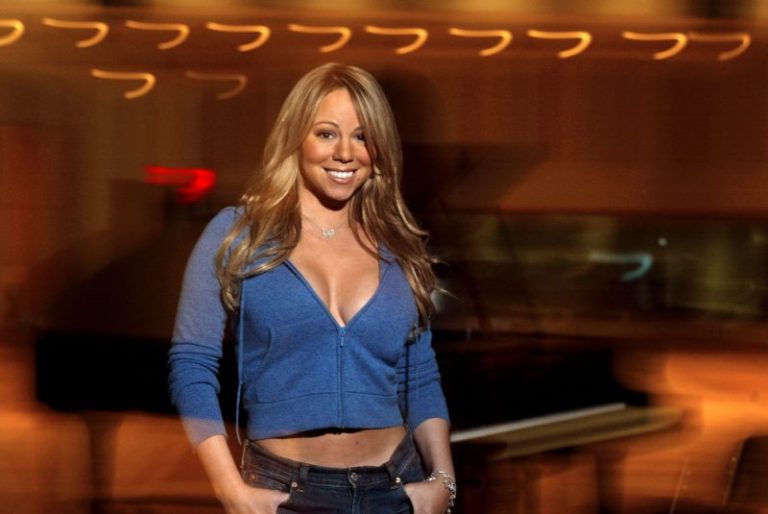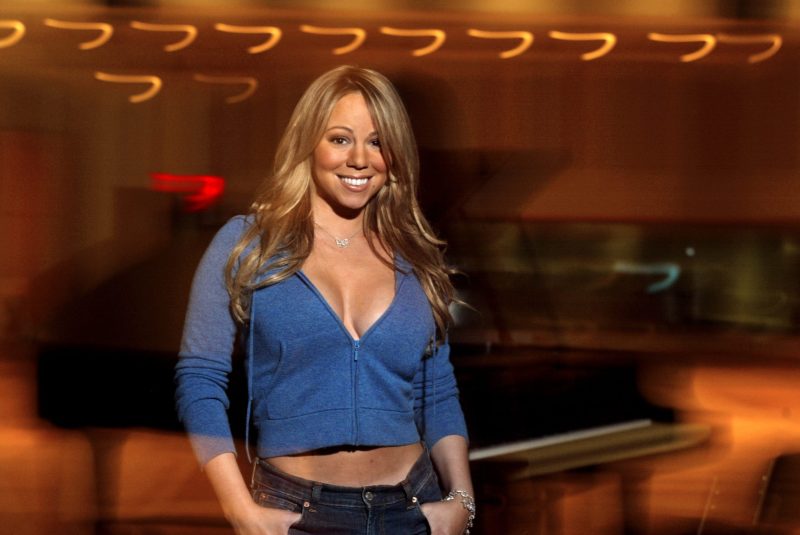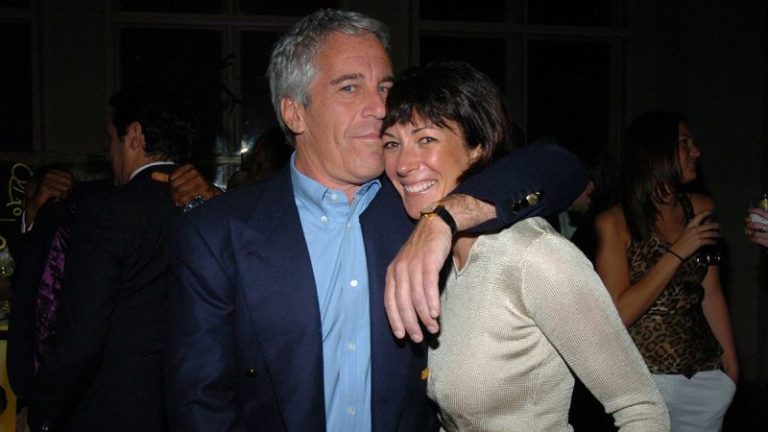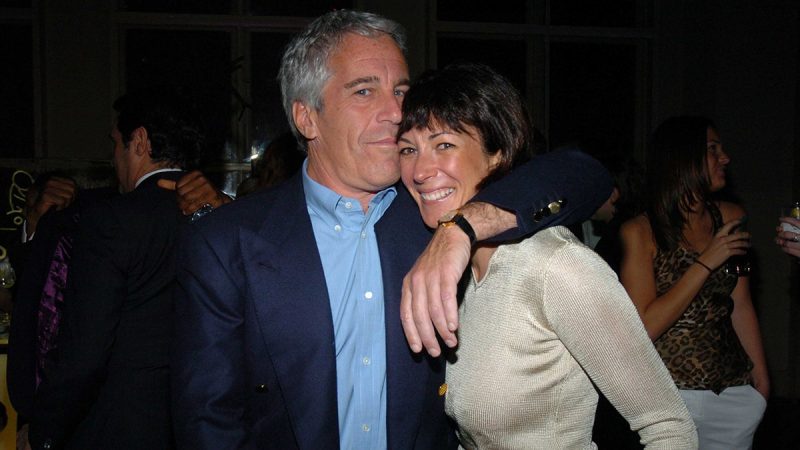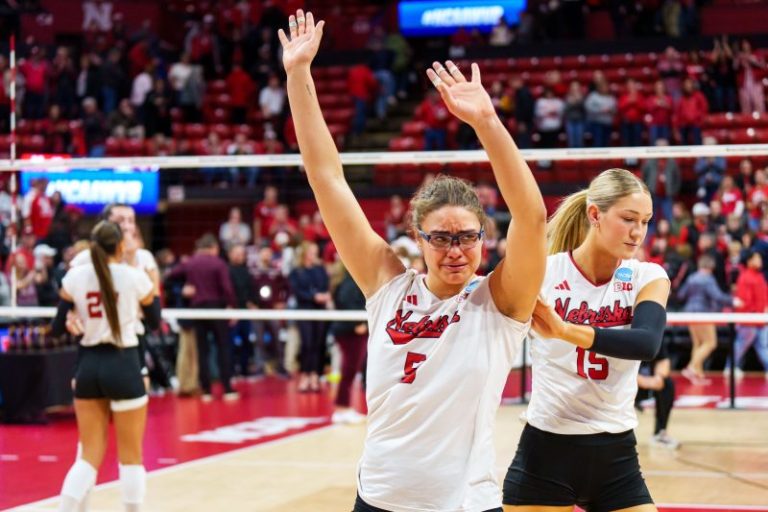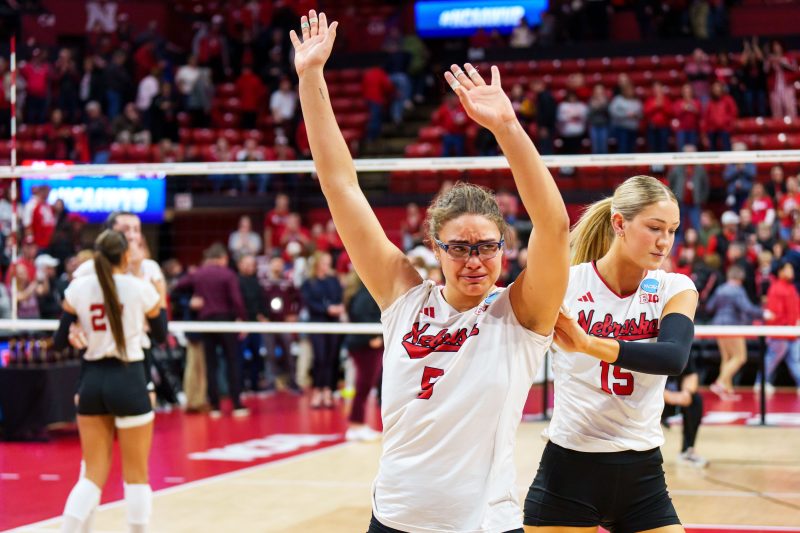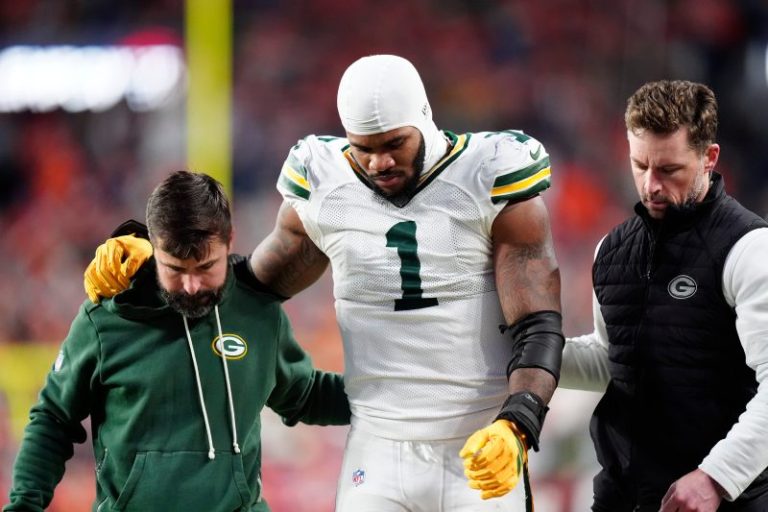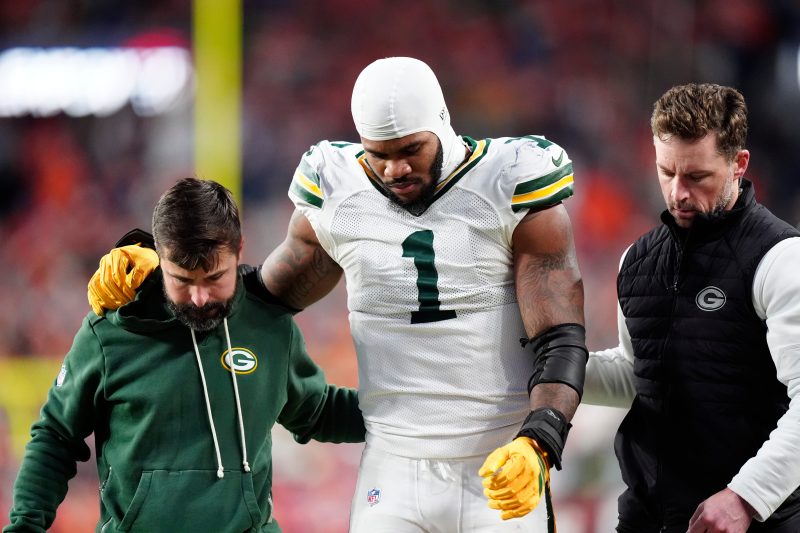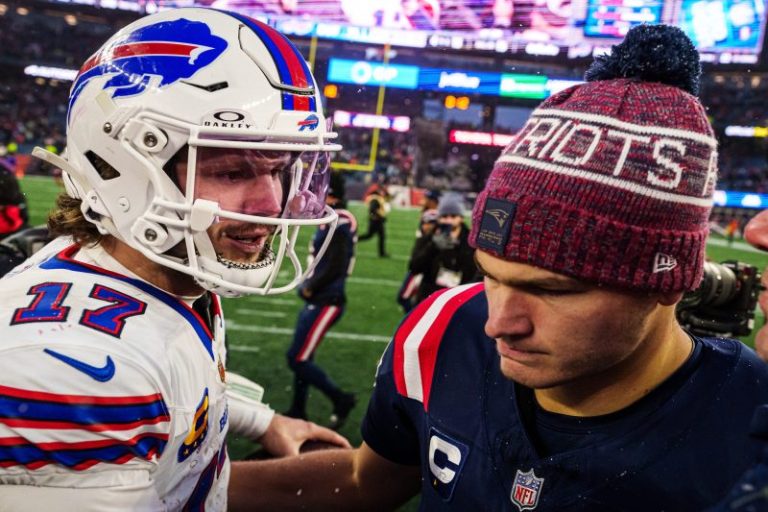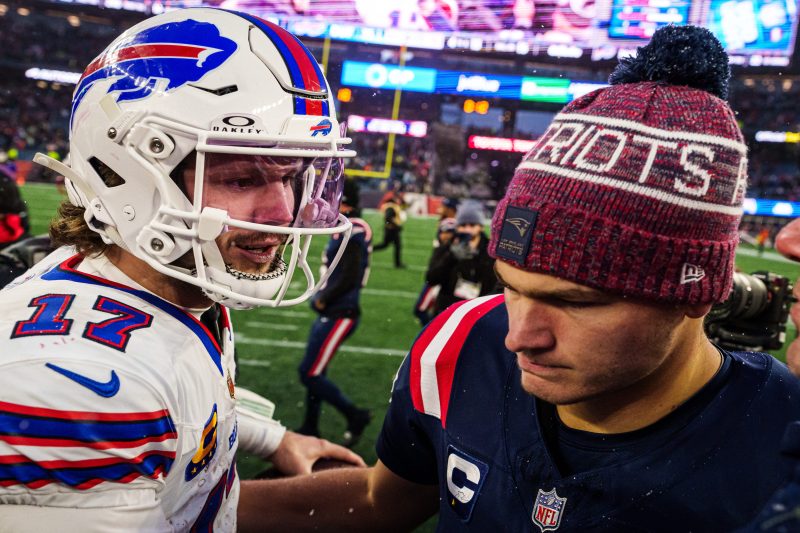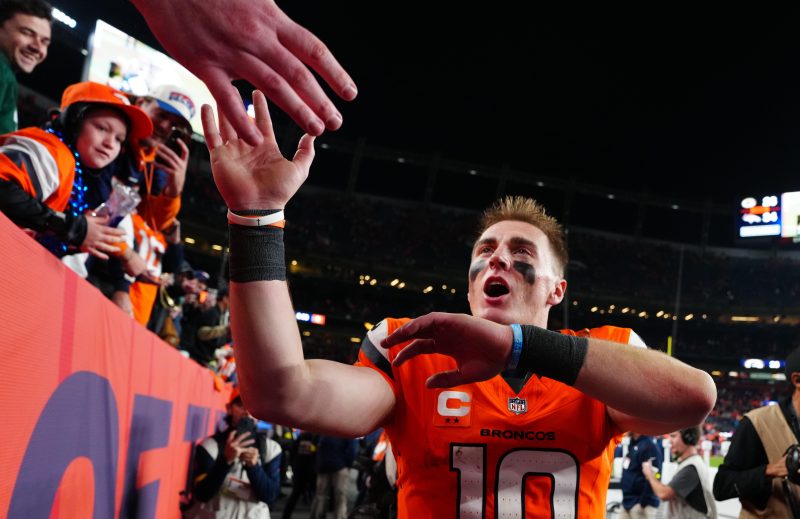
Give Bo Nix a standing O.
The Denver Broncos won their 11th consecutive game, clinched a playoff berth, and became the first team in the NFL this season to post 12 victories with an inspiring triumph at Empower Field on Sunday.
And it was not in spite of their embattled young quarterback.
It was largely because of their scrappy young field general.
Sure, the Broncos defense showed up again as one of best units in the NFL, with reigning NFL Defensive Player of the Year Patrick Surtain II instantly flipping the momentum like that in the third quarter with one of the most breathtaking interceptions you’ll ever see.
Yet for all of the heat (and three more sacks) the Broncos put on Green Bay Packers quarterback Jordan Love, and for the problem Denver’s D had in containing Josh Jacobs (14-yard TD catch, 40-yard TD run), the 34-26 outcome begged for a different type of pressure.
Ultimately, in a game that featured six lead changes, the Broncos had to prove that they could not only keep up with the Packers, but one-up them, too.
Enter standing ovation. It wasn’t too long ago, like on a Thursday night in November with the Las Vegas Raiders in town, that they booed Nix at the Broncos home park as the offense struggled like something awful. Cool thing. He never flinched. Nix won the game, gave his defense props, grinned and said something witty.
‘I’ve been booed before and I’ll be booed again,’ he said on that night.
Look at him now. Talk about changing a narrative.
Nix was fabulous on Sunday, passing for 302 yards and 4 TDs, without a pick. The second-year pro had the third-highest passer rating of his career (134.7). And even better than the numbers: the presence.
Whatever you thought about Nix before Sunday – the Broncos won their previous five games by a combined total of 17 points – needs to be adjusted with Denver currently holding the No. 1 seed on the AFC side of the playoffs.
Sure, Sean Payton’s team has won so many close ones, when the defense kept the game close with shut-down action or, big-time splash plays. The previous Sunday at Washington, Nik Bonnito closed out the overtime win with a magnificent deflection as he rushed Marcus Mariota.
No, you don’t want to go into January without a championship defense. And the Broncos unit, coordinated by Vance Joseph, is exactly that.
Yet winning big in the NFL also involves having a balanced team, where a capable offense and special teams can complement an outstanding defense. And vice versa.
There’s also the notion that to win a big game against top competition, at some point the quarterback must make a big-time throw. And Nix, growing up before our eyes on a huge stage, didn’t just make a throw in getting the best of Green Bay.
He made a throw. Then another one. And another one. Then another…
He used his feet, too, to avoid sacks (zero sacks), buy time and set up big plays.
‘There’s so many plays to reference,’ Payton said during his postgame press conference.
Three that screamed wow:
– In the second quarter, Nix fired a bullet through a tight window to Lil’Jordan Humphrey for a five-yard touchdown. Humphrey was low to the ground, just across goal line, and there were multiple defenders invading his space. But the throw was perfect. Like something we saw in the World Series from LA Dodgers MVP Yoshinobu Yamamoto.
– At the end of the third quarter, Nix threw a strike over the middle to Troy Franklin, his former Oregon teammate, for a 23-yard touchdown. Again, perfect throw at the right time. It capped the longest drive of the night (11 plays, 75 yards) and put the Broncos back on top – for good.
– Early in the fourth quarter, with Denver clinging to a 27-26 lead and facing a fourth-and-2 from the Green Bay 41-yard line, Payton went for broke. As he explained his guts afterward, Payton insisted that his decision was not about analytics. I believe him for a couple of reasons, one being Nix was on fire. Payton dialed up a sideline streak for Courtland Sutton, similar to the route they missed with on the previous play.
Sutton stretched to haul in a rainbow throw for 26 yards. One replay review and three plays later, they scored again as rookie running back RJ Harvey ran it in for a 4-yard TD that provided the final margin.
Yet it was also evident in that sequence that Payton has some serious trust in his young quarterback. Maybe the options in that situation were limited, but not unrealistic as a field goal try from nearly 60 yards would have had a Mile High boost. Yet Payton not only had the faith to go for it, he put the onus on Nix to make that throw. After all, it wasn’t Drew Brees, who will likely be revealed as a first-ballot Hall of Fame finalist in the coming weeks, slinging it on Sunday. It was the quarterback they booed a few weeks ago.
Done.
‘It’s not easy for him after so long with one consistent quarterback, who was absolutely dominant in this league, to take a younger guy and trust him,’ Nix said. ‘I really appreciate that.’
Nix has surely demonstrated that his temperament is built for dealing with adversity and thriving under pressure. And he is undoubtedly gaining more confidence with each success, which is compounded by the trust that teammates – and that goes for defensive players, too – have developed with Nix.
Payton, mindful of the series of crunch time heroics (including the crazy comeback against the New York Giants in Week 7, when Denver won 33-32 with a 33-point fourth quarter) has been around long enough to realize what they can do for psyche.
As they went back and forth on Sunday, Payton insists there was no panic.
‘That’s the habitat we’ve been living in,’ he said. ‘And so, when you get comfortable operating in those games, you don’t think anything of it.’
Nix realizes that progress is a breathing testament to the synergy with Payton. The son of a coach, Nix praises Payton for allowing him to be his “authentic self” and connecting their competitive vibes.
‘I can tell by the way he’s calling it,’ Nix said of the strategy. ‘Then my job is to turn around and protect him, keep his calls safe.’
Now that’s synergy. Nix knows. In many corners outside the Broncos headquarters, the expectations have been rather reserved, despite the NFL’s longest winning streak. Never mind that Denver had won 10 games in a row and 11 straight at Empower Field. They still entered the game on Sunday as a home underdog.
During the week, when someone asked about apparent slight, Nix quipped, ‘My mom thinks we’ll win, so that’s all that matters.’
Turns out, Nix’s mom was correct.
No, her son doesn’t have the resume that Hall of Famers John Elway and Peyton Manning built, including their Super Bowl titles with the Broncos. But Nix’s mom can surely envision the potential of winning a championship.
And not because Bo Nix would just be going along for the ride.
Contact Jarrett Bell at jbell@usatoday.com or follow on X: @JarrettBell

